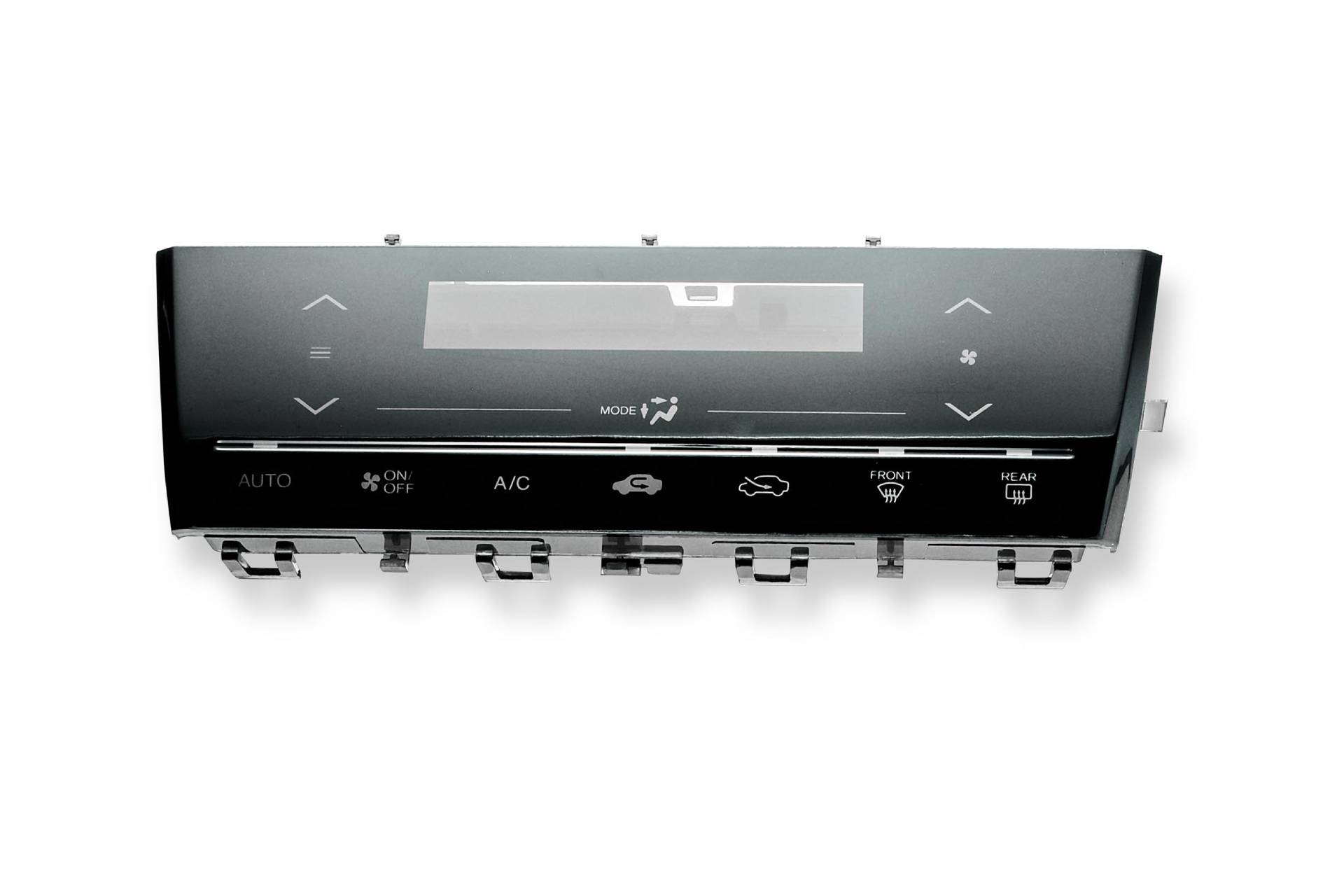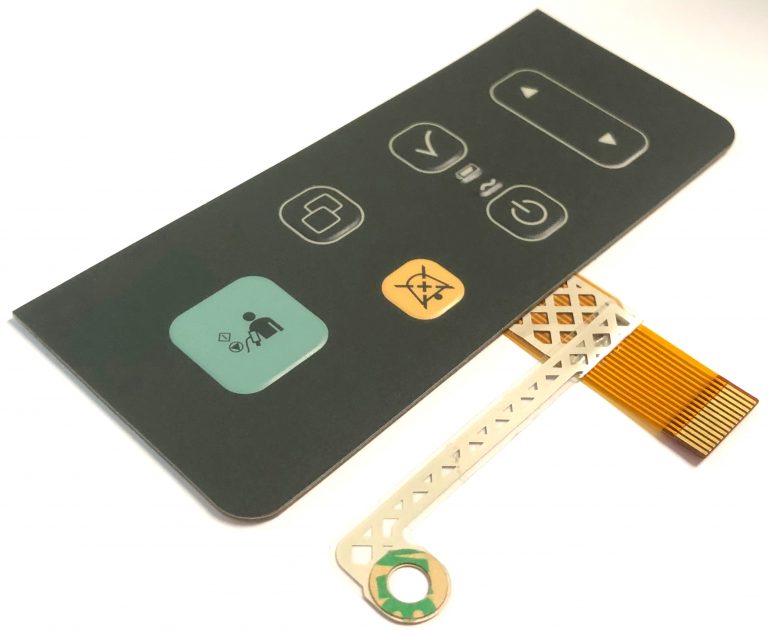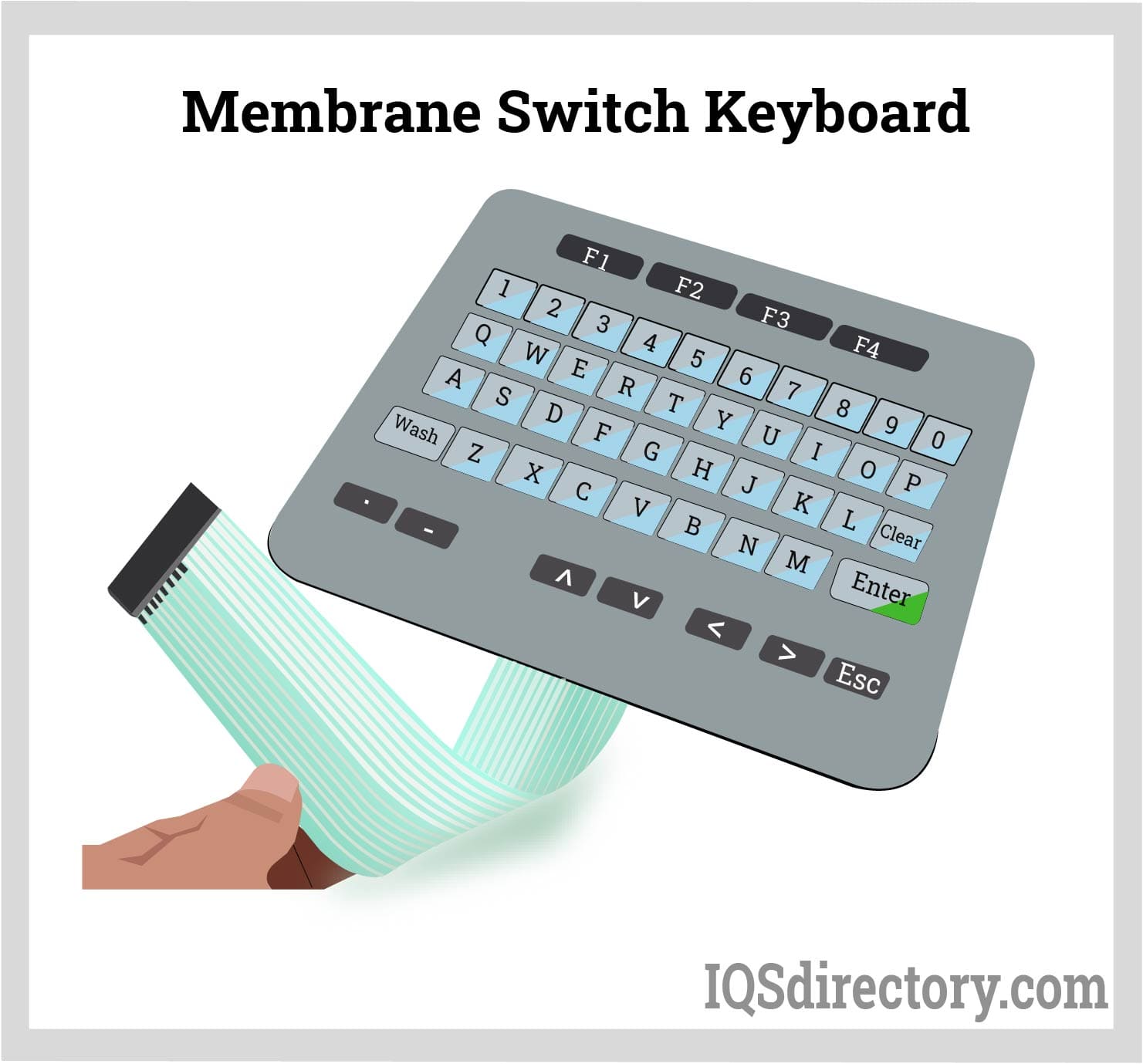Seven efficient ways to integrate membrane switch into factory systems
Recognizing the Relevance of Membrane Layer Switch in Modern Electronics
Membrane layer switches are important parts in modern-day digital devices. They supply a blend of performance and style that improves user communication. Their sturdy and lightweight nature makes them appropriate for various applications. As industries advance, the need for customization and progressed features grows. Understanding how membrane layer switches add to development reveals their relevance fit the future of electronics. What lies ahead for this innovation?
The Fundamentals of Membrane Switch Modern Technology
Although often forgotten, membrane layer switch innovation plays a vital function in the modern electronic devices landscape - membrane switch. These tools, composed of multiple layers, act as interface for different electronic items, varying from house home appliances to clinical tools. A common membrane switch contains a visuals overlay, a spacer layer, and a circuit layer, which are carefully put together to develop a useful interface.When pressure is related to the overlay, the circuit layer is finished, enabling signals to be transmitted to the device. This modern technology is known for its flexibility, allowing personalization in form, layout, and performance to satisfy specific user demands. Additionally, membrane buttons are lightweight and thin, making them appropriate for applications where room is a costs. Their sturdiness and resistance to ecological aspects further improve their appeal, ensuring they can stand up to harsh conditions while keeping performance. On the whole, membrane layer switch innovation is essential to creating straightforward and reliable digital gadgets

Trick Benefits of Membrane Layer Changes
Membrane switches deal numerous key benefits that make them a preferred selection in various digital applications. Their style permits a small type variable, enabling suppliers to produce light-weight and smooth gadgets. Furthermore, membrane buttons are immune to dirt, dampness, and chemicals, which boosts their toughness and durability popular settings. The tactile comments supplied by these switches can boost individual experience, making them simple and intuitive to operate.Furthermore, membrane buttons can be tailored with diverse graphics and shades, permitting one-of-a-kind branding possibilities. The production process is normally affordable, specifically for high-volume manufacturing, as it reduces assembly time and simplifies design. Membrane switches over need marginal maintenance, contributing to lower total operational expenses. These advantages underscore their growing appeal in contemporary electronics, where reliability and straightforward user interfaces are important.

Applications Throughout Different Industries
The flexibility of membrane changes allows their extensive adoption across numerous markets. In the medical field, they are frequently utilized in analysis equipment and person tracking systems, supplying a long lasting interface immune to contaminants. The vehicle industry uses membrane layer switches for control panel controls, enhancing individual experience with streamlined designs that withstand severe problems. In consumer electronics, they offer as control panels for gadgets such as microwaves and coffee machine, giving an easy to use user interface that is easy to tidy. The aerospace field employs membrane buttons in cabin controls, where reliability and area performance are paramount. Furthermore, the commercial sector leverages these switches in machinery and control systems to ensure durable operation popular environments. This broad variety of applications highlights the adaptability of membrane layer switches, making them indispensable elements in improving functionality and individual communication throughout diverse technological landscapes.
Personalization and Layout Versatility

Future Patterns in Membrane Switch Growth
Emerging trends in membrane button growth show an expanding emphasis on enhanced functionality and integration with clever modern technologies. As customer demand for much more sophisticated digital gadgets boosts, producers are concentrating on developing membrane layer changes that not only offer fundamental operational roles yet likewise incorporate attributes like touch level of sensitivity, backlighting, and haptic feedback.Furthermore, improvements in materials are anticipated to enhance resilience and environmental resistance, making membrane layer changes suitable for varied applications in industries such as medical care, vehicle, and consumer electronic devices. The integration of capacitive touch modern technology is likely to become a lot more prevalent, enabling sleeker styles and improved individual interfaces. membrane switch.Additionally, the rise of the Web of Things (IoT) is motivating the advancement of membrane layer switches that can connect wirelessly with other tools, enhancing interconnectivity. On the whole, the future of membrane button innovation shows up promising, driven by development and the pursuit of straightforward remedies
Regularly Asked Questions
How Do Membrane Switches Over Contrast to Standard Mechanical Switches?
Membrane layer buttons, being extra space-efficient and using a streamlined design, comparison with traditional mechanical switches that give tactile comments. The previous often feature personalized graphics, while the latter usually assure resilience and dependability in numerous applications.
What Products Are Commonly Utilized in Membrane Change Manufacturing?
Membrane layer switches are generally created making use of products such as polyester, polycarbonate, and published conductive inks. These materials provide responsiveness, durability, and flexibility, making them appropriate for various applications in official website electronic tools and interface.
Can Membrane Switches Over Be Fixed or Recycled?
Membrane switches can often be fixed, specifically if small issues emerge, such as glue failing or surface damage. Full reuse is commonly limited due to wear and possible degradation of products over time.
Exactly How Do Environmental Aspects Impact Membrane Layer Change Performance?
Ecological factors, such as temperature level, humidity, and direct exposure to chemicals, substantially influence membrane layer switch efficiency. Severe conditions can bring about deterioration, influencing responsiveness and durability, inevitably compromising the capability of the device in numerous applications.
What Is the Typical Life Expectancy of a Membrane Switch?
The common life-span of a membrane button generally ranges from 1 to 5 million actuations, depending upon variables such as usage regularity, ecological conditions, and the materials utilized in production, affecting resilience and efficiency longevity. A typical membrane layer button is composed of a graphic overlay, a spacer layer, and a this content circuit layer, which are thoroughly assembled to produce a practical interface - membrane switch.When stress is used to the overlay, the circuit layer is completed, allowing signals to be transferred to the gadget. The responsive responses provided by these switches can enhance individual experience, making them very easy and instinctive to operate.Furthermore, membrane switches can be customized with diverse graphics and colors, allowing for distinct branding chances. As customer demand for more advanced electronic devices increases, producers are focusing on creating membrane switches that not just offer standard functional functions however likewise integrate functions like touch sensitivity, backlighting, and haptic feedback.Furthermore, developments in materials are expected to boost durability and environmental resistance, making membrane layer switches over appropriate for varied applications in markets such as health care, automobile, and consumer electronics. The assimilation of capacitive touch modern technology is most likely to end up being much more prevalent, permitting for sleeker layouts and enhanced user interfaces.Additionally, the surge of the Net of Things (IoT) is prompting the growth of membrane switches that can connect wirelessly with other devices, boosting interconnectivity. Membrane switches, being extra space-efficient and using a sleek layout, contrast with traditional mechanical buttons that offer tactile responses